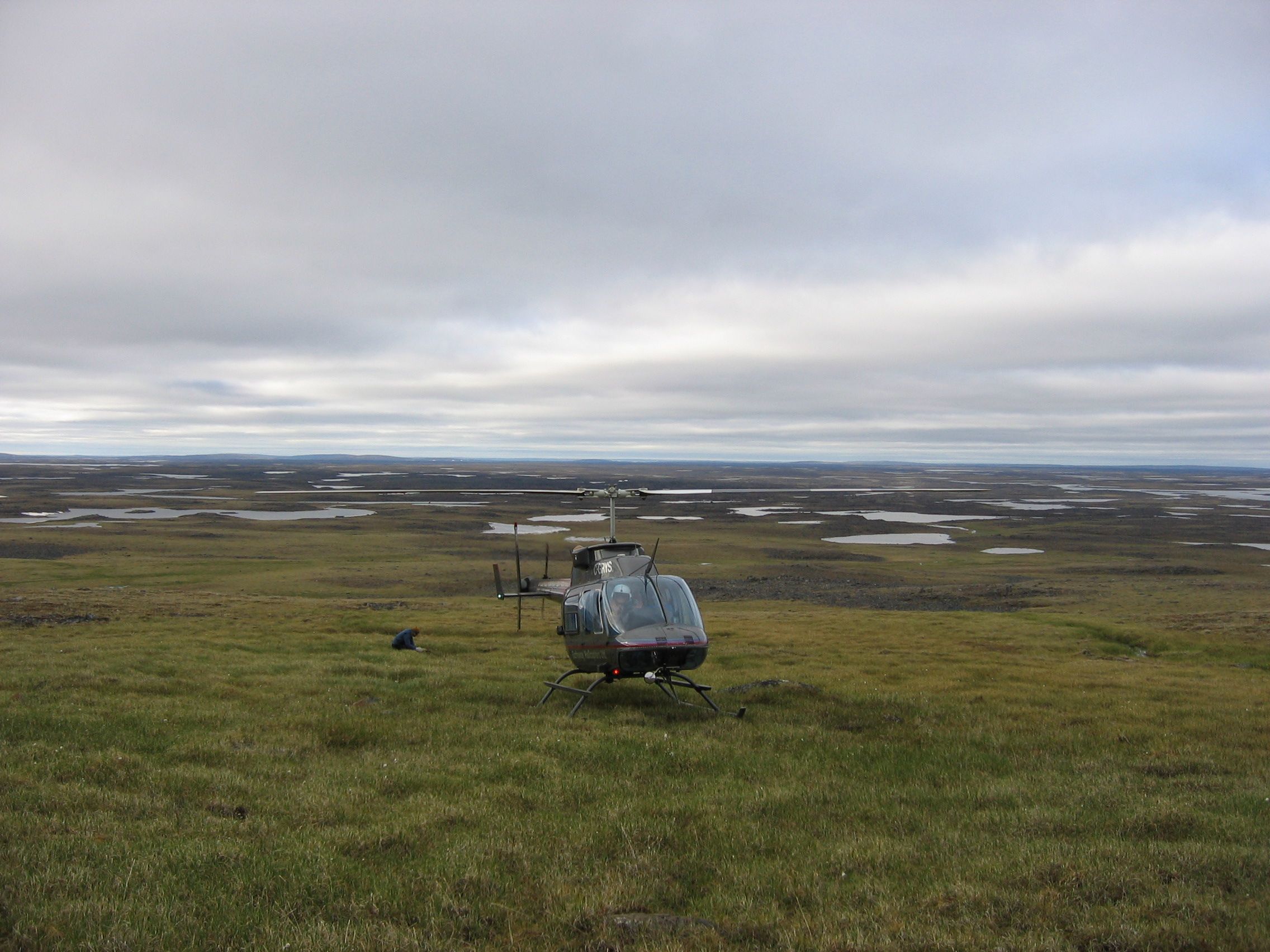All geophysical survey data, be it ground or airborne, contains errors. The objective of quality control is to ensure that the usability of the survey results is not impacted by these errors and that the data noise remains below set thresholds.
Brenda Sharp
Recent Posts
Posted by Brenda Sharp Aug 21, 2017 1:56:27 PM | Integrated Geophysical Analysis, Field Projects

Airborne surveys are used predominantly for exploration of ore minerals, but can also be applied for fossil fuels and geothermal exploration, and in various engineering, land management and mapping projects. The technique measures physical parameters such as: rock density contrasts (gravity gradiometry), electrical conductivity (electromagnetic systems), radioelement concentration (Gamma-spectrometry), and percentage of magnetite (magnetics).
Posted by Brenda Sharp Jun 9, 2017 4:26:06 PM | Integrated Geophysical Analysis

Tie lines or Control lines have always been used for the levelling of magnetic data, but essentially ignored with respect to other geophysical methods. How about using them, not in the traditional sense, but as a guideline to the overall sense of the regional gradient of a survey? Although the examples to follow are EM, this can equally be applied to other methods.
Posted by Brenda Sharp Apr 11, 2017 5:55:09 PM | 3D Modelling, Integrated Geophysical Analysis

Whatever the geophysical survey type, I always believe in looking at the bigger picture.
First it's important to review historic and regional-scale data such as regional government data, or any open source geophysical data that may have been conducted over nearby deposits. This can be helpful in identifying what geophysical signatures to look for in the current dataset.




